A Historical Guide to Tequila
In the years 250 to 300 A.D., tequila first appeared. The Aztec Indians created an agave-based fermented juice for their ceremonial beverages.
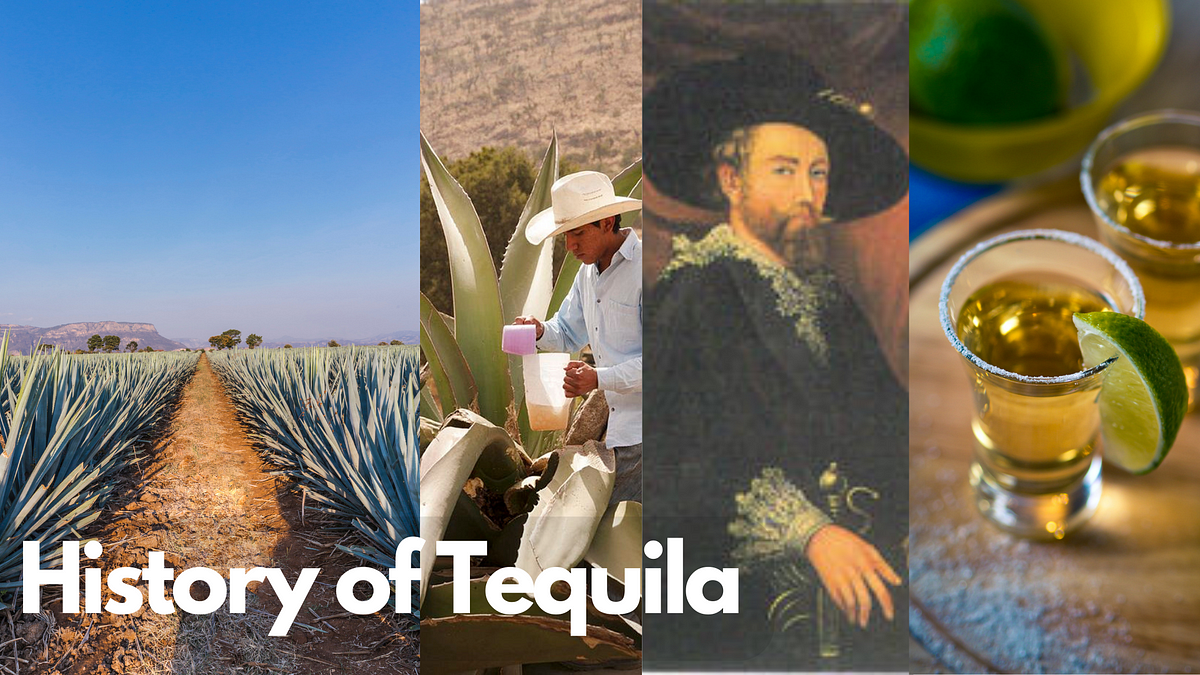
Agave plants, sometimes referred to as agave tequilana or agave azul, is a very valuable economic resource in Jalisco, Mexico because it is the basic ingredient for crafting tequila.

A high concentration of sugars called agavins, primarily fructose, is located inside its core, making it appropriate for the production of alcoholic beverages.
Spaniards, Filipinos, and Mexicans: And their Love for Tequila
There are numerous theories of how agave distillation started. One of the most common stories is that it was heightened during the Spanish invasion.
The Spanish are so devoted to their beer and brandy that they must have it day or night, but there aren’t enough supplies, and it takes too long to deliver alcoholic beverages.
They had to improvise by mixing mud and agave to make a new beverage after taking matters into their own hands.
The Spanish established a trade route between Manila, Philippines, and Mexico in the 16th century specifically for this reason, and the Marquis of Altamira built the first significant distillery in what is now Tequila, Jalisco. This led to the birth of mezcal.
There is also an ongoing theory that it was the Filipino seafarers arriving via the Manila galleons docked in Colima and Jalisco who introduced the distillation process of tequila.
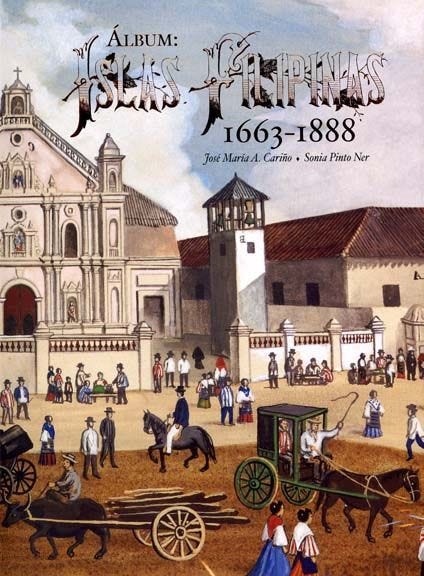
It is believed that the Filipino seamen used their stills initially to craft coconut brandy, bringing along coconut palm with them; then it was introduced into Western Mexico through the ports of Colima and Acapulco, from Panama around 1539, from the Solomon Islands around 1569, and from the Philippines from 1571 on.
The Filipino technology made use of local resources and was easily adapted for small-scale distillation, which helped the people disseminate the method away from the coast and into regions without palm trees so that agave could be used in their place.
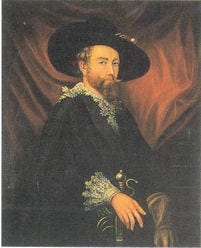
But the first commercial tequila would be produced in 1758 by the Cuervo family.
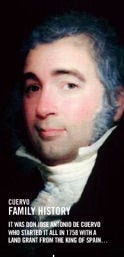
These distilleries were the origin of the modern tequila that we consume today.
Tequila’s distinctive flavor, which can be fruity, sweet, or earthy depending on the variety, led to its classification as an independent agave spirit in 1902.
Tequila, when aged, tends to taste smoother and richer compared with other varieties. In 1974, the Mexican government declared the term "tequila" as the intellectual property of Mexico.
This made it illegal for any other country in the world to produce, sell, or own tequila. Since 2015, what is being sold by bartenders worldwide are tamed versions of the little agave nectar to create Tequila Sunrises and Margaritas.
How is tequila made?
The cooked and fermented juice of the agave plant is used to make tequila. This spirit has been distilled. The procedure was traditionally labor-intensive.
However, the process has accelerated due to technological development and industrialization. While some distillers favor overripe agave, others prefer underripe agave. The degree of ripeness affects how the tequila tastes. For instance, tequilas made from unripe agave often have vegetal aromas and are less nuanced.
In contrast, overripe agave yields tequilas that are rounder, sweeter, and more flavorful.
This is due to the fact that overripe agaves, also known as sobre maduro, begin to release acids that add flavor and complexity while also having a faint vinegar-like undertone.
The pinas are then prepared for cooking by being sliced. The agave was traditionally slowly baked for one or two days in a steam-heated oven.
It is then turned off and given another 16 to 48 hours to cool. Conventional ovens have been replaced by contemporary autoclaves. These enormous stainless steel tubes feature a door that may be sealed on one end. They behave like enormous pressure cookers and quickly bake the agave. However, fast heating causes the sugars to burn and imparts a slightly bitter caramel flavor. For a sweeter flavor, the sugar is subsequently fermented into alcohol.
Yeast can now be used to ferment the agave juice’s fermentable sugars into alcohol. The amount of sugar is added in accordance with the tequila percentage. Blue agave, for instance, is fermented without the addition of sugar.
The liquid must go through the distillation process at least twice before it can be called “tequila.”
New Luxury Tequila by Lourdes Duque Baron
Lourdes Duque Baron, a Filipino-American actress, singer, novelist, and producer of motion pictures, is about to set out on another thrilling adventure—this time with tequila!
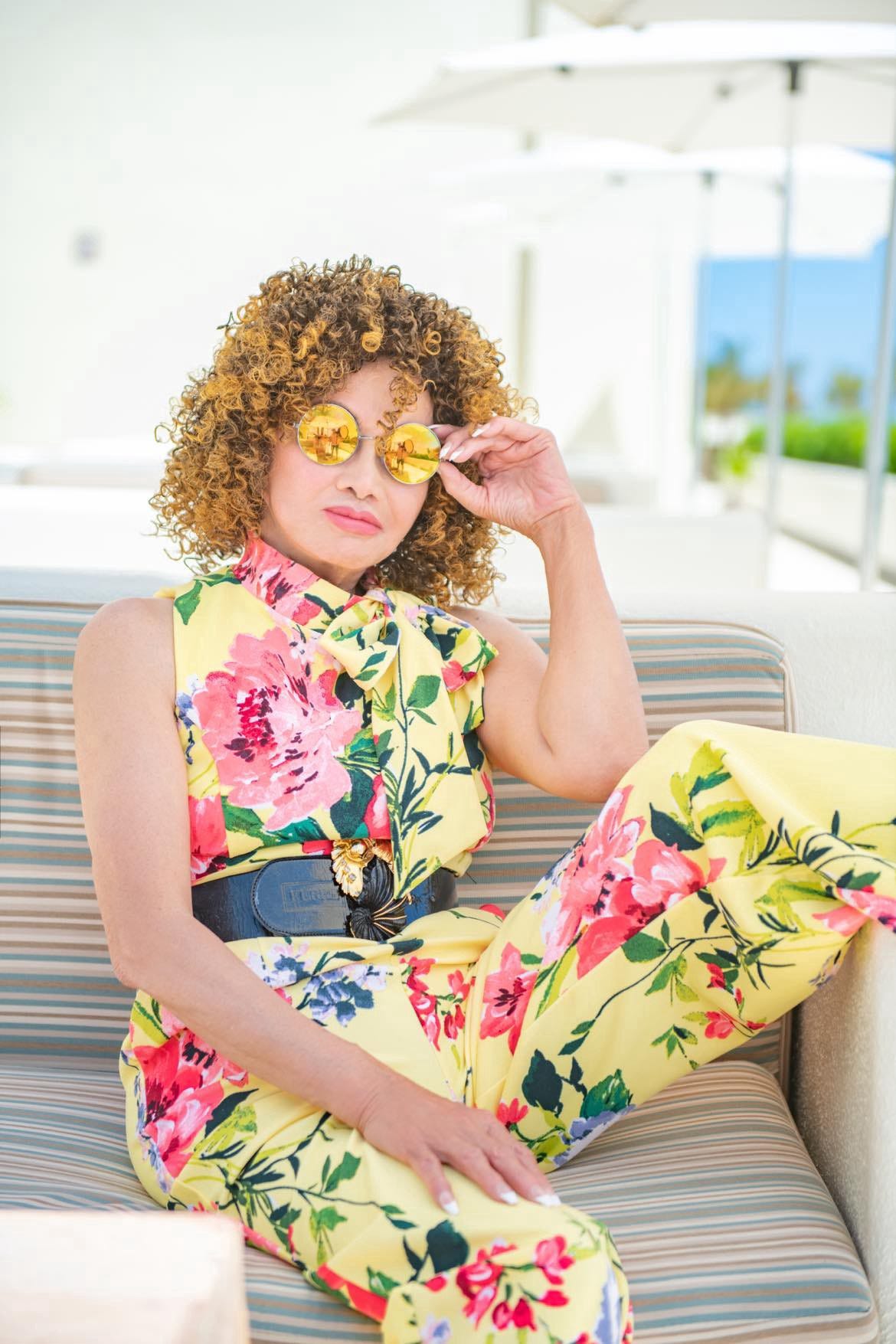

Source:
Part 1 of 3: 16th & 17th Centuries Distillation of agave syrup was likely inspired by the native drink pulque …www.ianchadwick.com